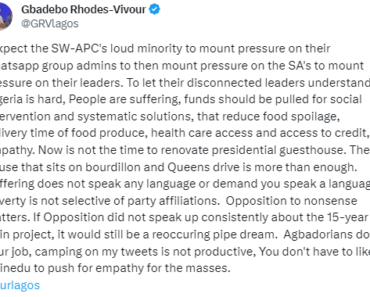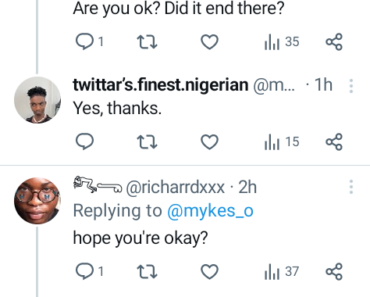[ad_1]
In the digital age, it seems like a new viral sensation keeps taking the internet by storm every week, capturing the attention of millions around the world. Whether it’s a rousing dance routine, a fun cat video, or a moving story, these viral phenomena are spreading like wildfire, leaving us wondering what makes these videos so captivating.
The science behind viral phenomena is a complex and fascinating field of study. Researchers have looked into different aspects of psychology, sociology and human behavior to unlock the secret of this modern phenomenon. A key factor that contributes to a video’s viral success is its ability to elicit strong emotions from viewers.
Psychologists suggest that emotions are the driving force behind our urge to share content. Videos that touch viewers by making them laugh, cry, or feel inspired are more likely to be shared with friends, family, and even strangers. Research has shown that positive emotions like joy and wonder are particularly effective at getting people to share content. It’s no wonder, then, that moving and uplifting stories tend to go viral in no time.
Another crucial element in creating a viral sensation is the ability to make yourself understood. Humans are social creatures, and we are naturally drawn to content that resonates with our own experiences and feelings. Videos that depict situations that we can emotionally connect with are more likely to be shared, as we want to share our common experiences with others. That’s why videos depicting everyday life, hardships we all can face, or humorous mishaps often tend to go viral.
Timing is also an important factor in the viral success of a video. The internet is constantly bombarded with new content, and our attention spans are increasingly limited. To stand out from the crowd, a viral sensation must capture people’s attention quickly. The first seconds of a video are crucial to hook viewers and convince them to watch until the end. Videos that have a strong start and maintain a steady pace are more likely to grab people’s attention and make them want to share the content with others.
Additionally, the platform on which a video is shared plays a crucial role in its ability to go viral. Social media platforms like Facebook, Twitter and Instagram have revolutionized the way we share and consume content. The algorithms of these platforms prioritize content that is likely to engage and resonate with users, which amplifies its reach and visibility. Videos that successfully capture the essence of these platforms and target their specific audience are more likely to go viral.
While there’s no surefire formula for creating a viral sensation, understanding the science of these phenomena offers crucial insights into what makes some videos go viral while others fall into oblivion. By tapping into viewers’ emotions and experiences, creating relatable content, and leveraging the power of social media, creators can increase their chances of creating the next viral sensation. So the next time you’re captivated by a viral video, take a moment to appreciate the psychology behind its success and marvel at the complex web of emotions and social connections that made it go viral.
Tags: buzz
→ READ ALSO: Unforgettable Moments: Exploring the Greatest Football Games of All Time
→ READ ALSO: Exploring the rich diversity of global culture
→ READ ALSO: Exploring the cutting-edge world of high technology: How new technologies are revolutionizing industries.
[ad_2]
Mots clés: #Exploring #Science #Viral #Sensations
→ READ ALSO : Revolutionizing the Process: Unveiling the Future of Transfers through Technology
→ READ ALSO : Exploring the Rich Diversity of Global Culture
→ READ ALSO : 10 Unforgettable Moments In Sports History
Suivez tous les scores en direct ici !
























